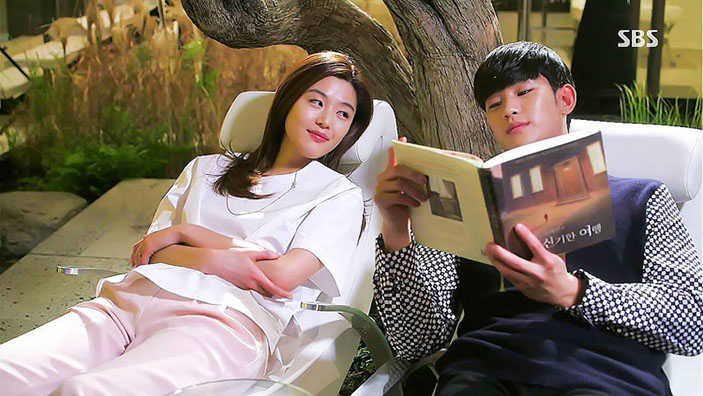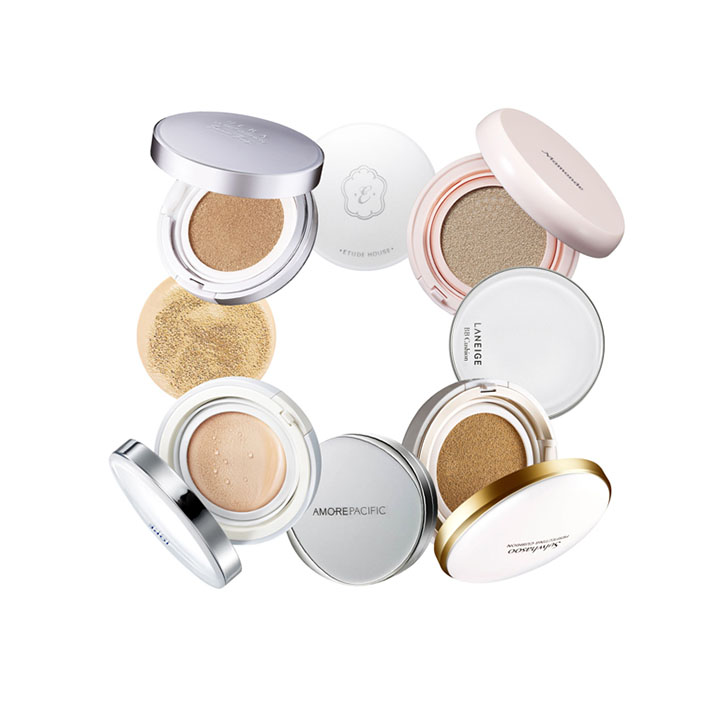THE RISE of Korea’s popular culture has seen supporting industries grow along with it.
South Korea is among the top 10 global beauty markets, estimated at just over US$13 billion in 2017. Half of this is from the skincare industry.
Leading South Korean beauty and cosmetic conglomerate, Amorepacific has slapped on greater profits courtesy of its innovation and relevance to the Asian markets. Its cushion compacts have been particularly helpful in this regard.
The rise of Korea’s popular culture has showcased the potential of ‘soft power’ in marketing the country to a global audience. The likes of Psy and Rain and a slew of cookie-cutter pretty-girl K-pop bands have provided greater profile to the country and its well-engineered talent pool. The multi-million-dollar investments by L Capital Asia (the private equity arm of French luxury group LVMH Moet Hennessy Louis Vuitton), and China’s social media giant Tencent into South Korean talent agency YG Entertainment couldn’t hurt K-Pop’s ongoing popularity.
Riding The Wave Of Popularity
Skimming this wave of profitability, Korean companies directly or loosely associated with it have been seeking opportunities to tap into international markets. The country’s leading cosmetics and chemical company, Amorepacific is among the world’s top 20 companies.
“Amorepacific has leveraged on the recent global K-Beauty trend, which has certainly added to the enthusiasm and interest in Korean products,” says Kim Young-soo, Managing Director of Amorepacific Corp..
“When it comes to Korean dramas, Amorepacific will review the plot and the actors’ synergy with the brand and then choose to work with suitable dramas to introduce new trends to the viewers via the plots. Our decision-making when it comes to selection of brand ambassadors is based on thorough analysis of suitability and image conformity of models with the brands, and their ability to communicate with our target consumer.

“One of the most successful and notable trends was created by the TV series You Who Came From The Stars, which sparked a high interest in the purchase of the pink lipsticks used by the lead actress, Jeon Ji-hyun, who plays the love interest of an alien.”
Stellar Performance
In 2016, the 20 leading beauty manufacturers worldwide raked in US$150bn in revenues . The predominantly Western-dominated industry — the top three cosmetic brands globally in terms of brand value are L’Oreal, Avon and Pantene — is facing the prospect of more Asian brands entering, and bringing in innovative products that may challenge the hierarchy through online marketing and sales.
The 82-year-old Seoul-based Amorepacific started by emulating the West, but it has since evolved some new products that could give it a larger sliver of the make-up market. All the brands, from the high-end Amorepacific and Sulwhasoo ranges, to the more affordable Laneige, Hera, Mamonde, Innisfree and Etude House are sold in a dozen countries, in close to 4,500 stores.
While China makes up the largest market outside of Korea, the brand has also seen rising popularity in ASEAN countries and North America.

Products To Meet Needs
“Having in-depth research into Asian skin conditions gives us leverage, especially in the Asian market,” Kim explains.
“We launch products based on extensive research and development of the region’s local conditions.” Kim observes that due to the humid conditions in most ASEAN countries many consumers skip even the basic skin care steps, like using toners.
“But, their interest in ‘K Beauty’ and the natural look has seen an increase in popularity in products like Laneige BB Cushion.”
Its innovative cushion compact has grown into a huge domestic hit, spreading its reach regionally and globally, and chalking up sales in excess of US$30 million. The cushions provide multi-functional benefits including brightening, cooling, effective base make-up touch-ups, UV protection…all in a convenient package.
Amorepacific entered the Singapore market with Laneige in 2002, emphasising its water science technology. This was followed by the younger make-up brand Etude House, and the luxury Korean herbal medicine brand Sulwhasoo, in 2009 and 2012, respectively. Innisfree was also well-received, Kim says.
You might also want to read:
Orchard Credit’s Nursery For New Ideas
The New President — Managing Optics?
This article was updated from its original version, published in STORM in 2014.





















